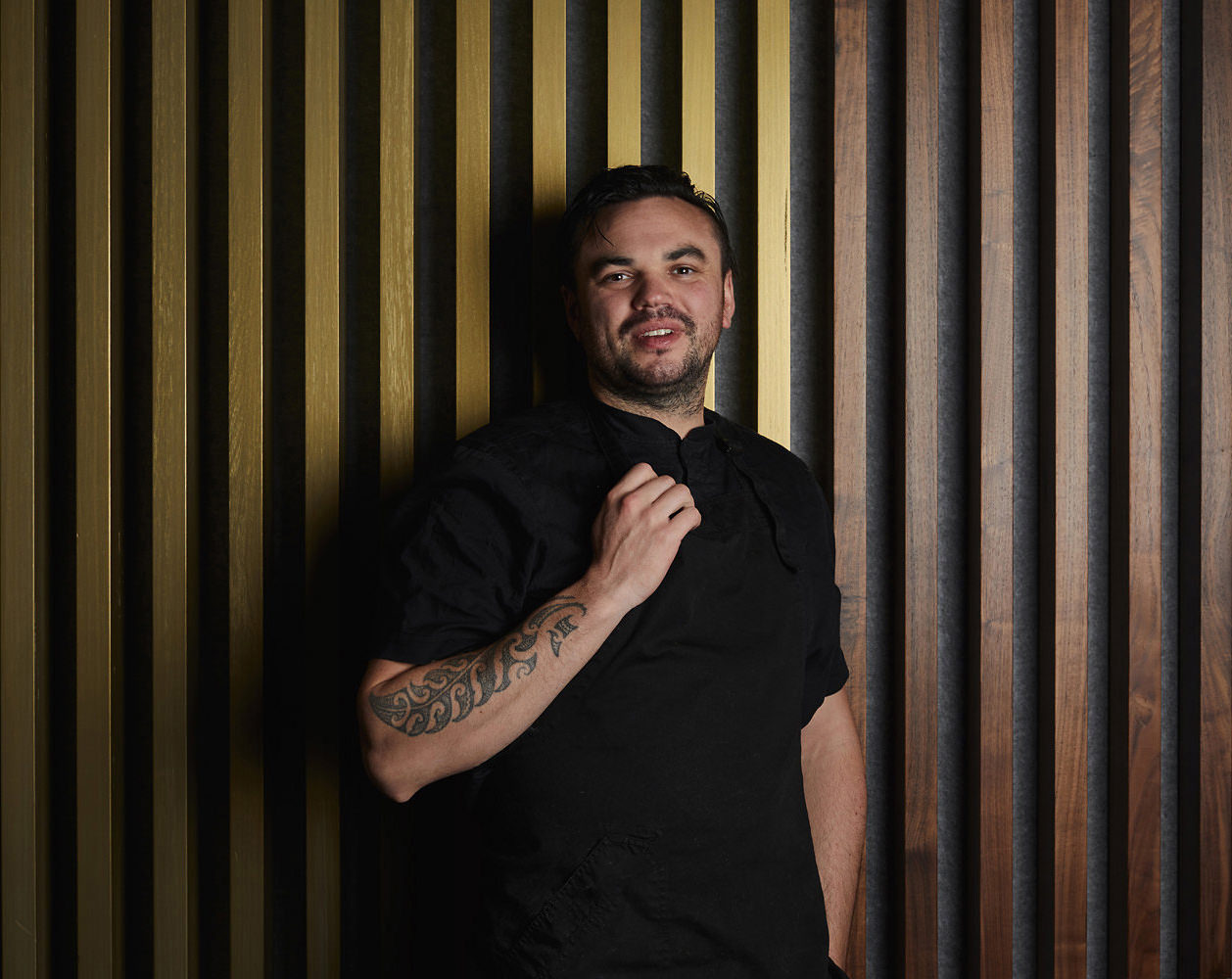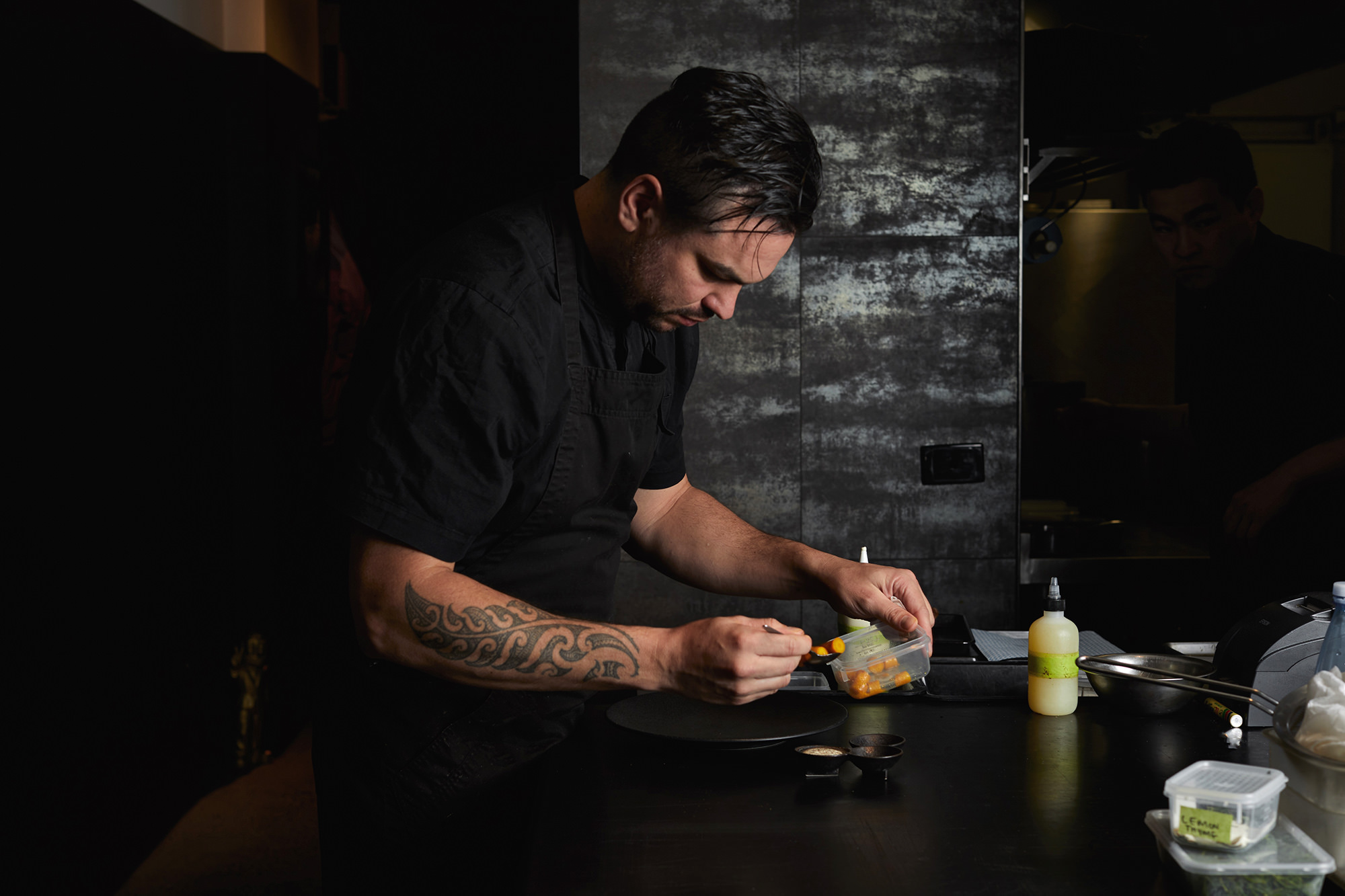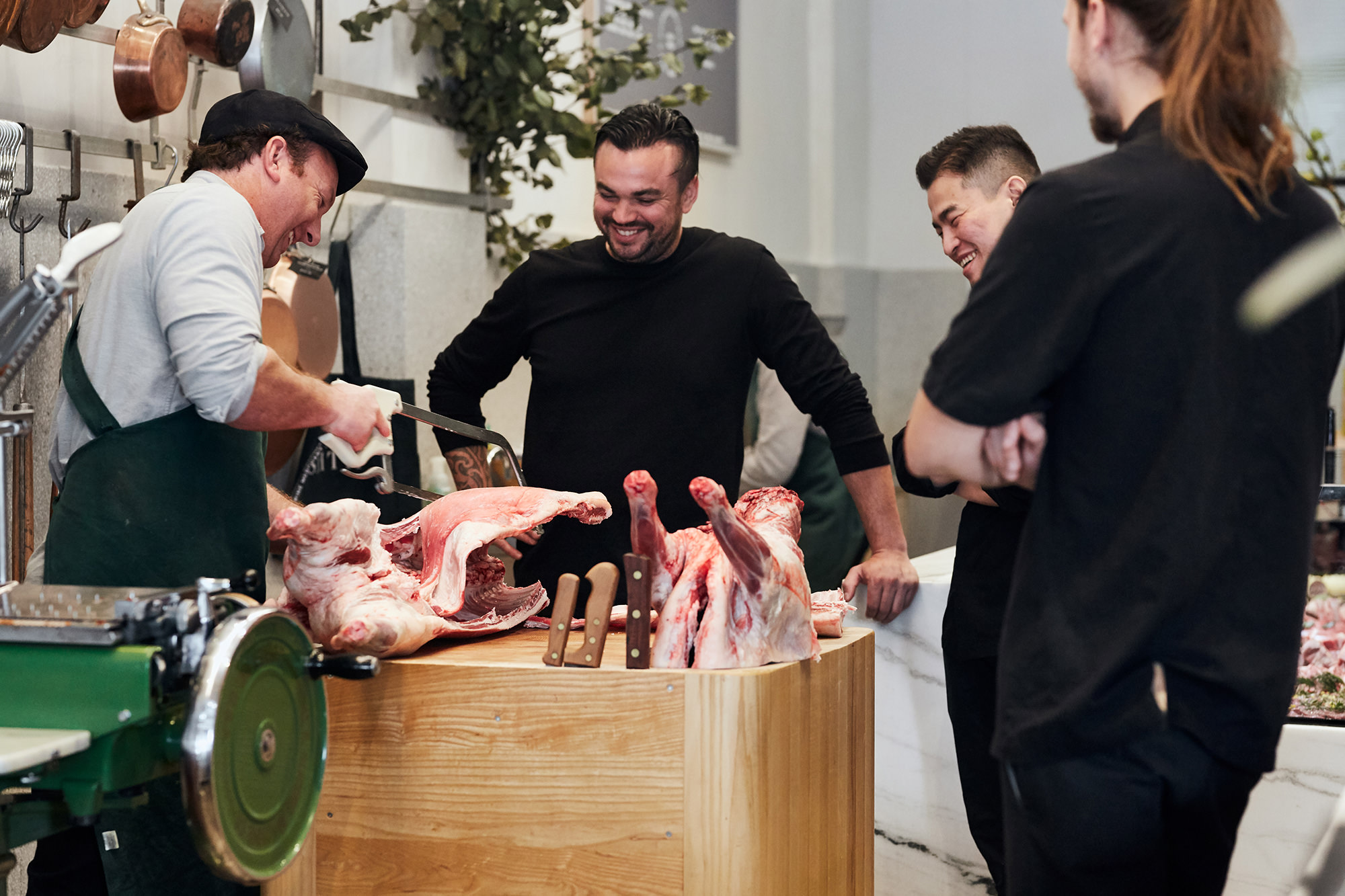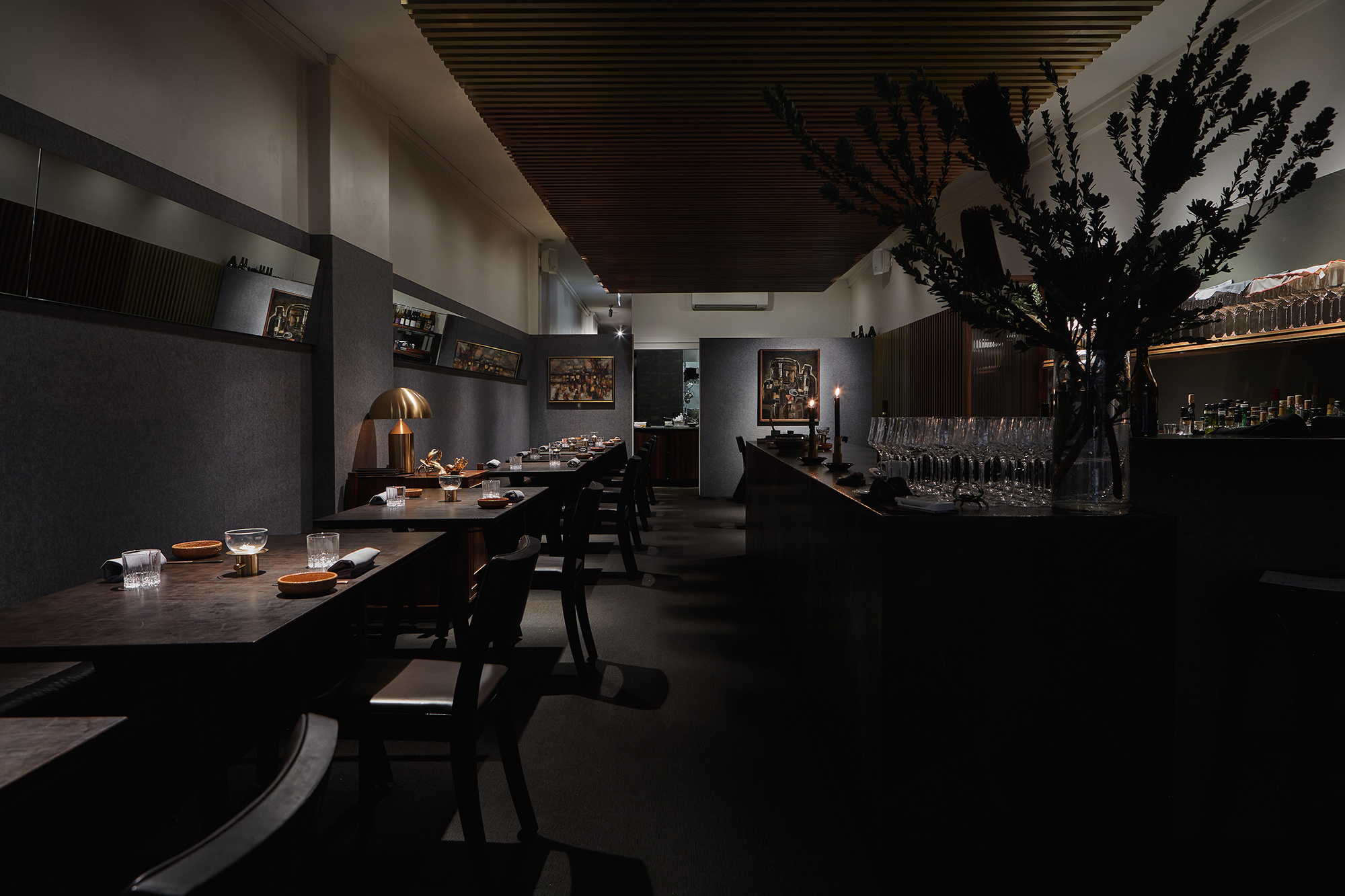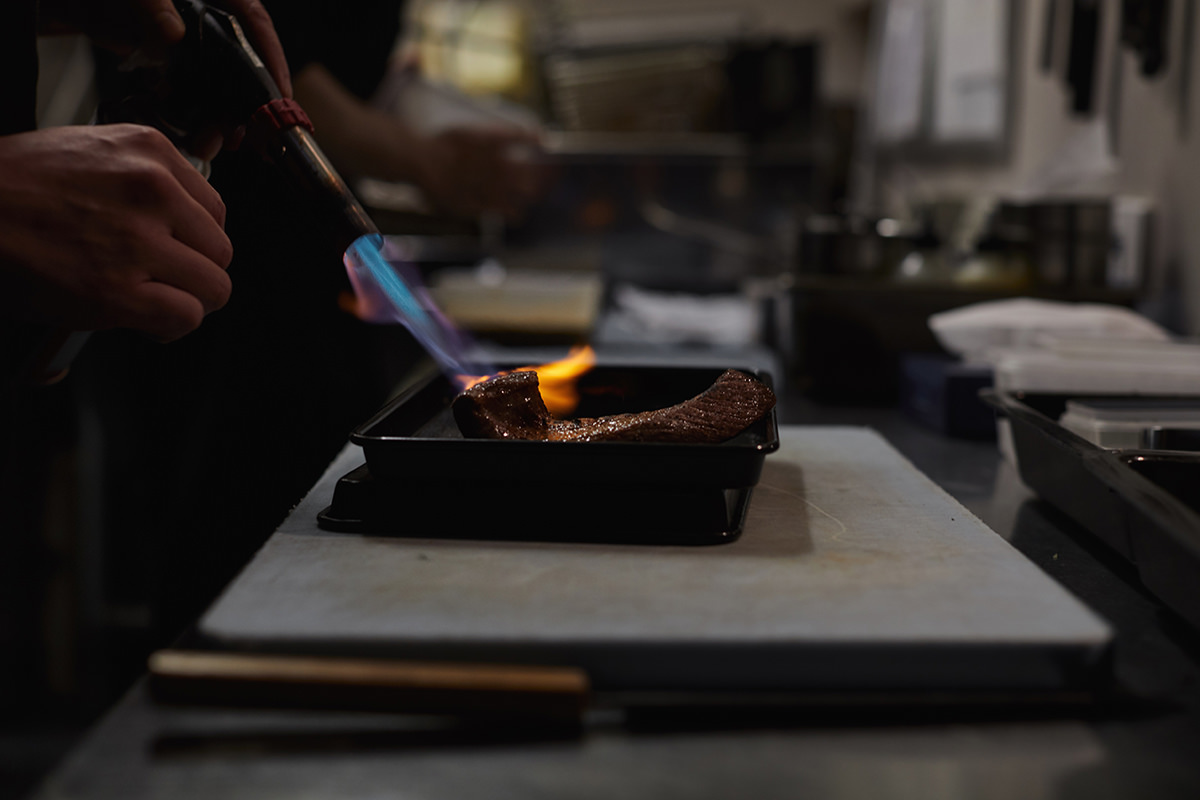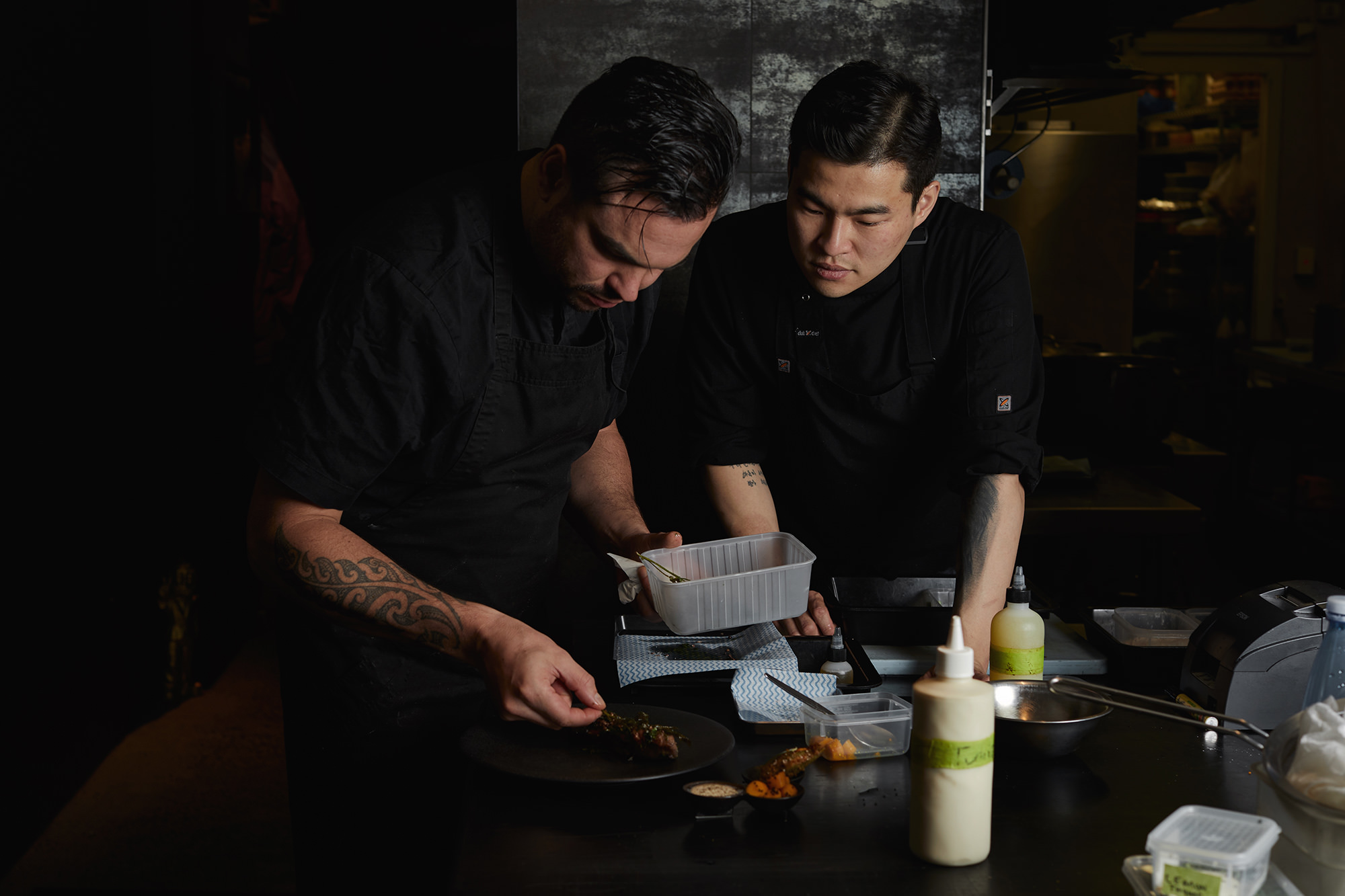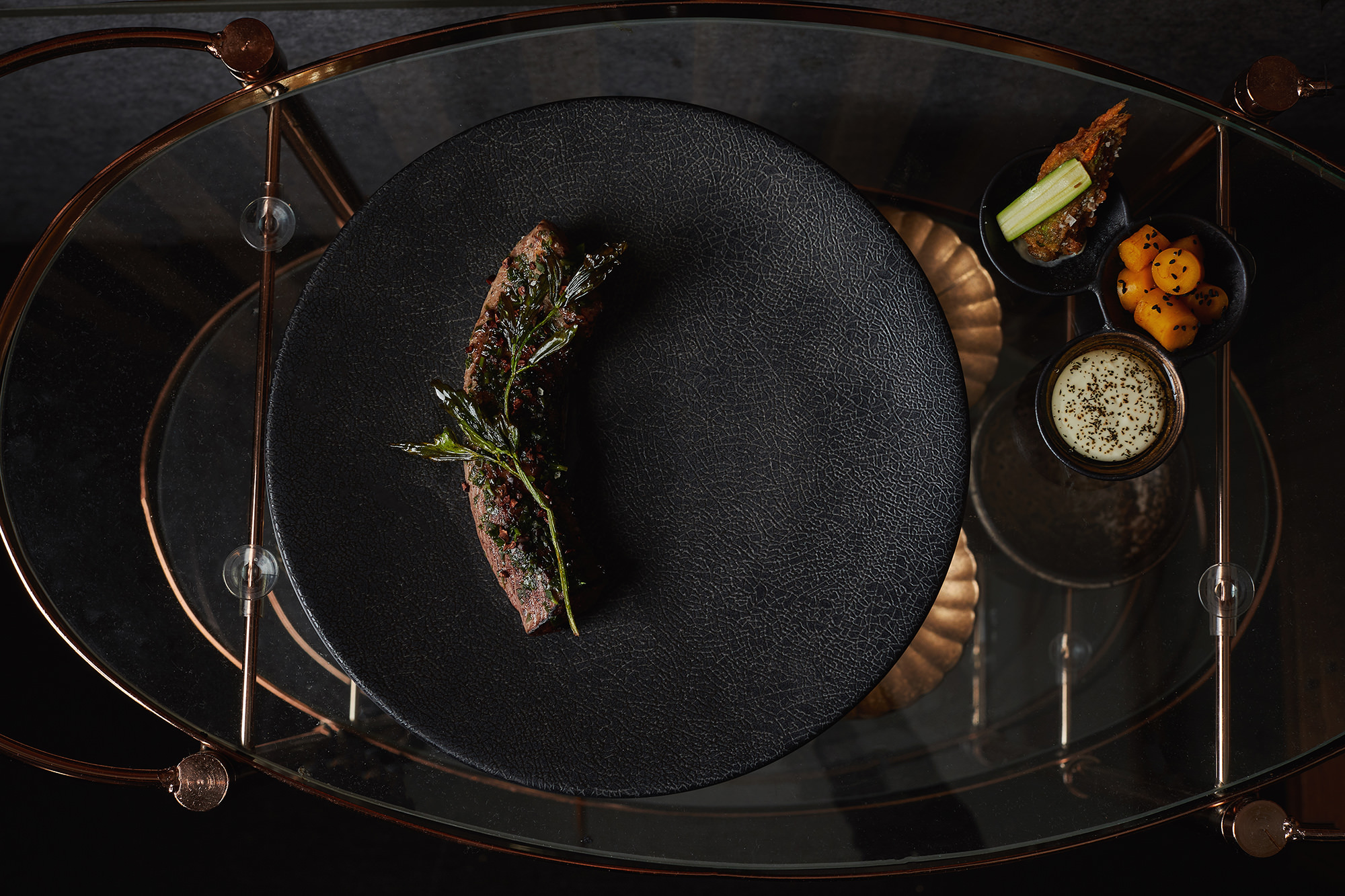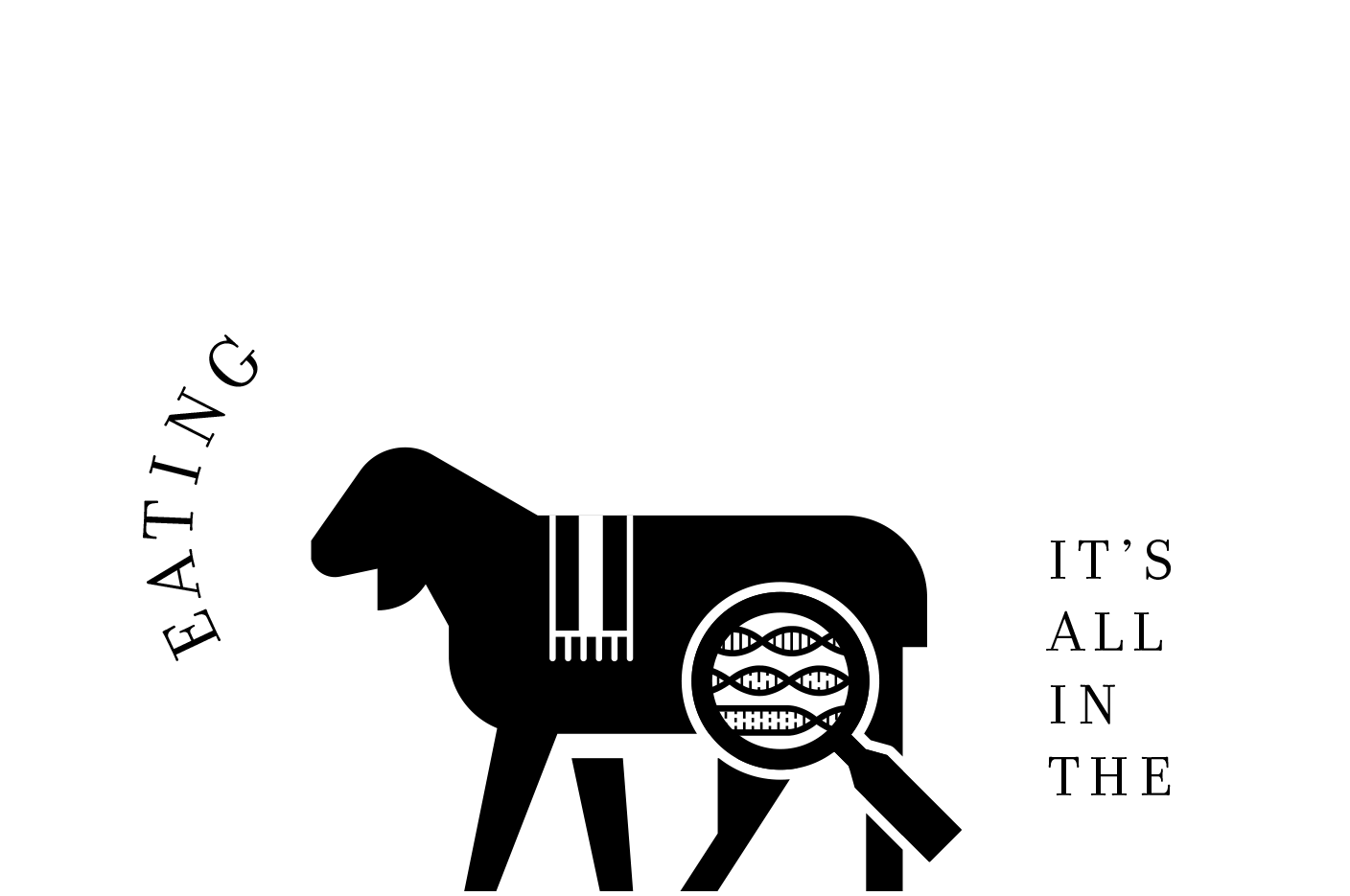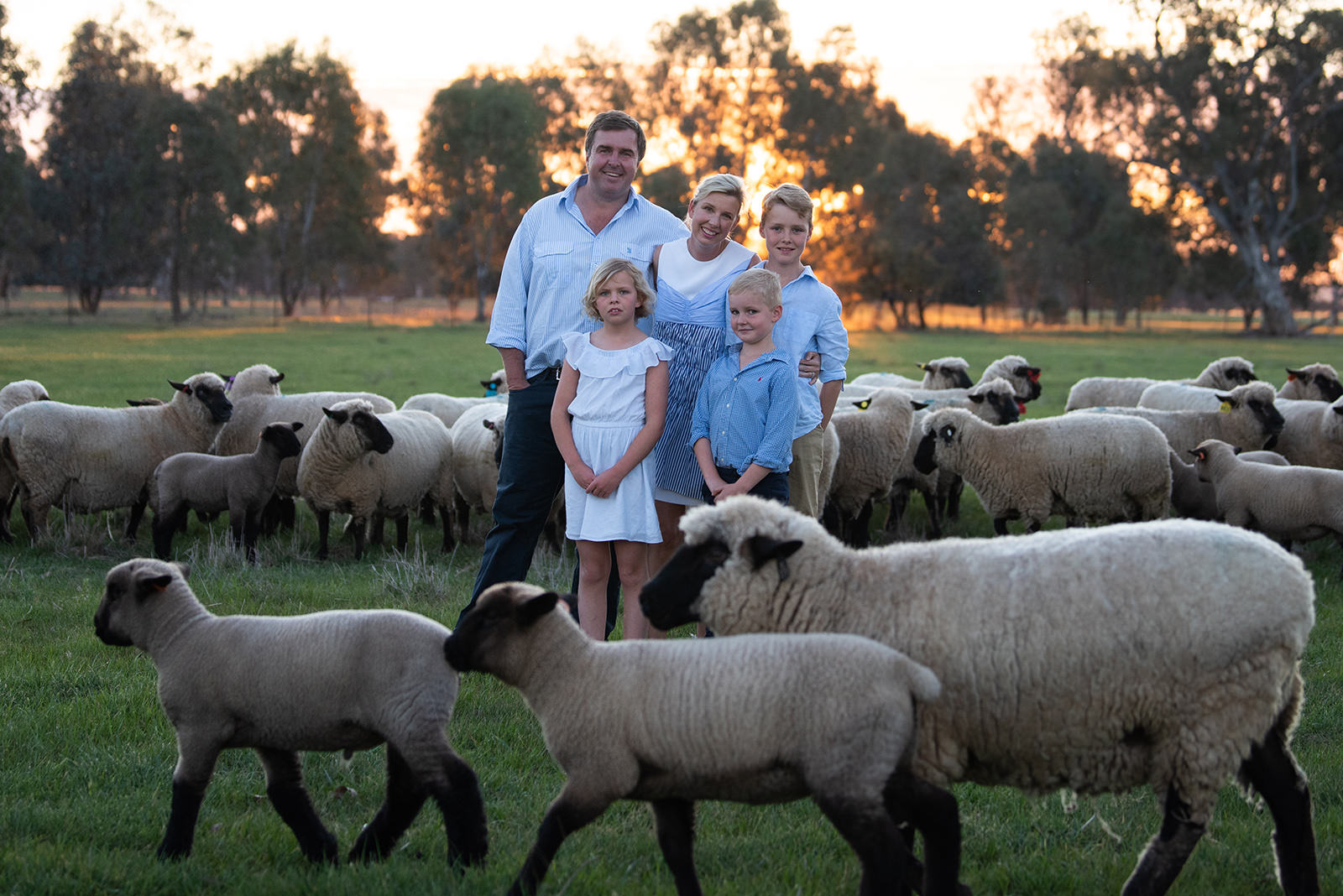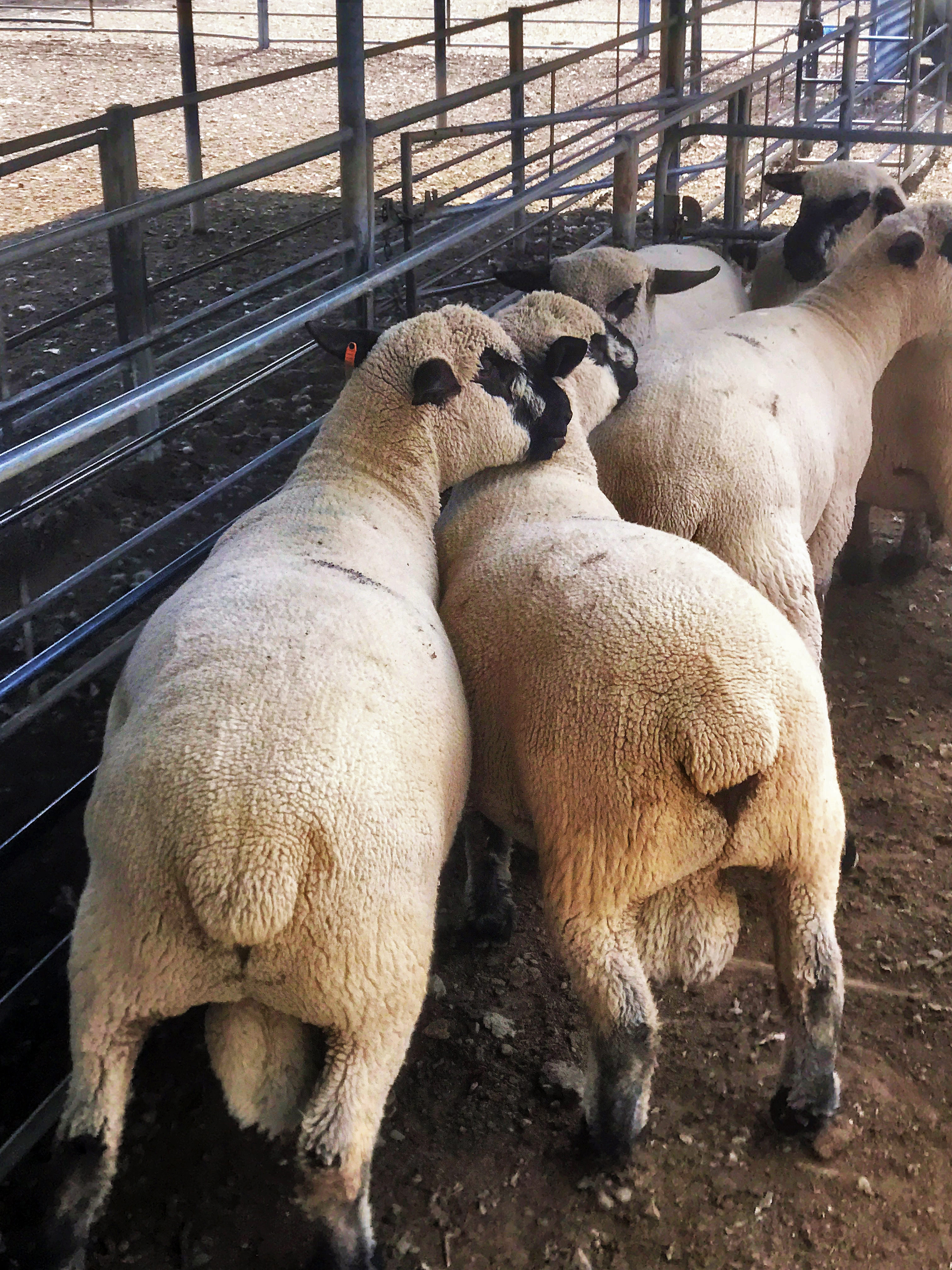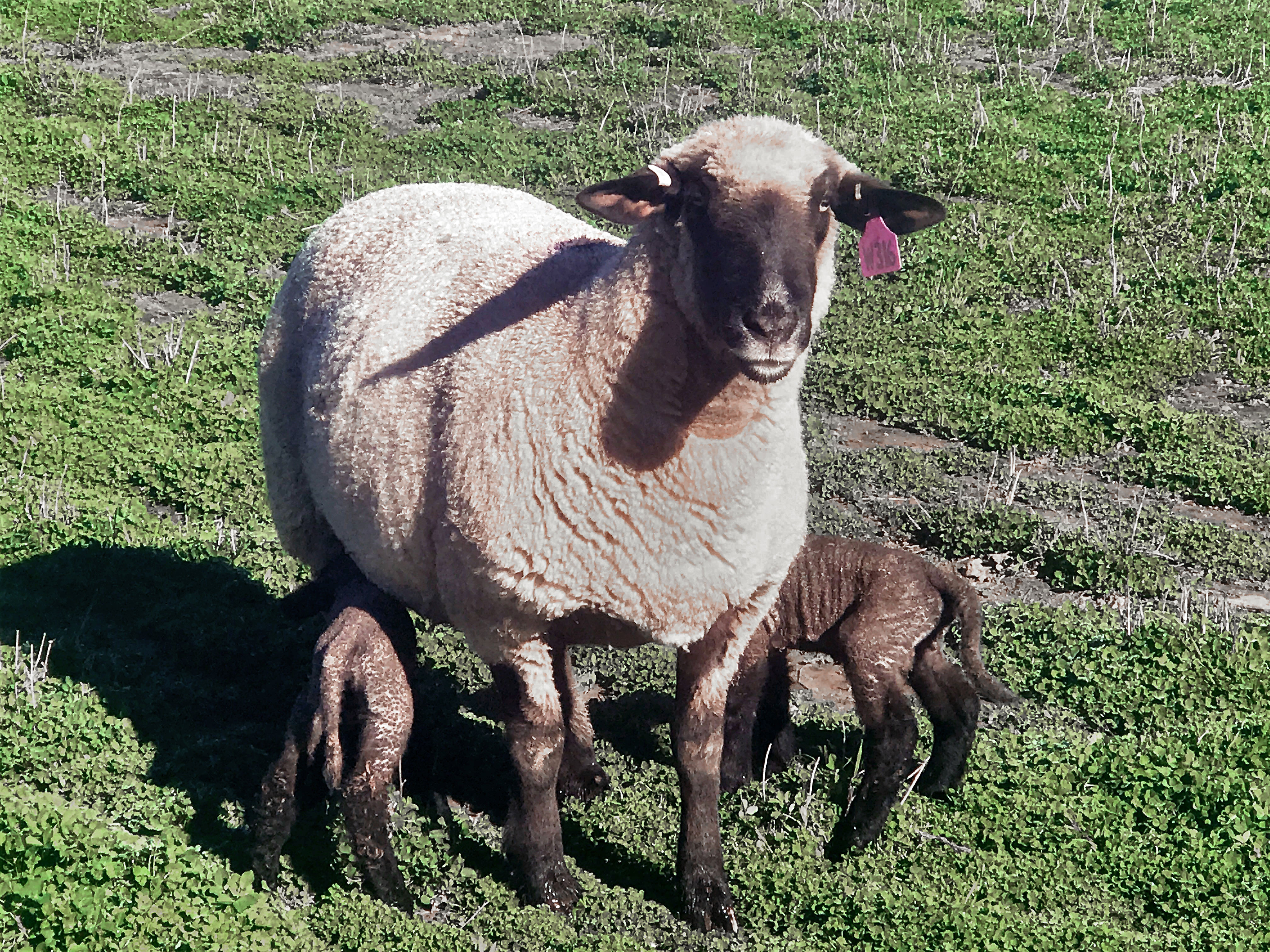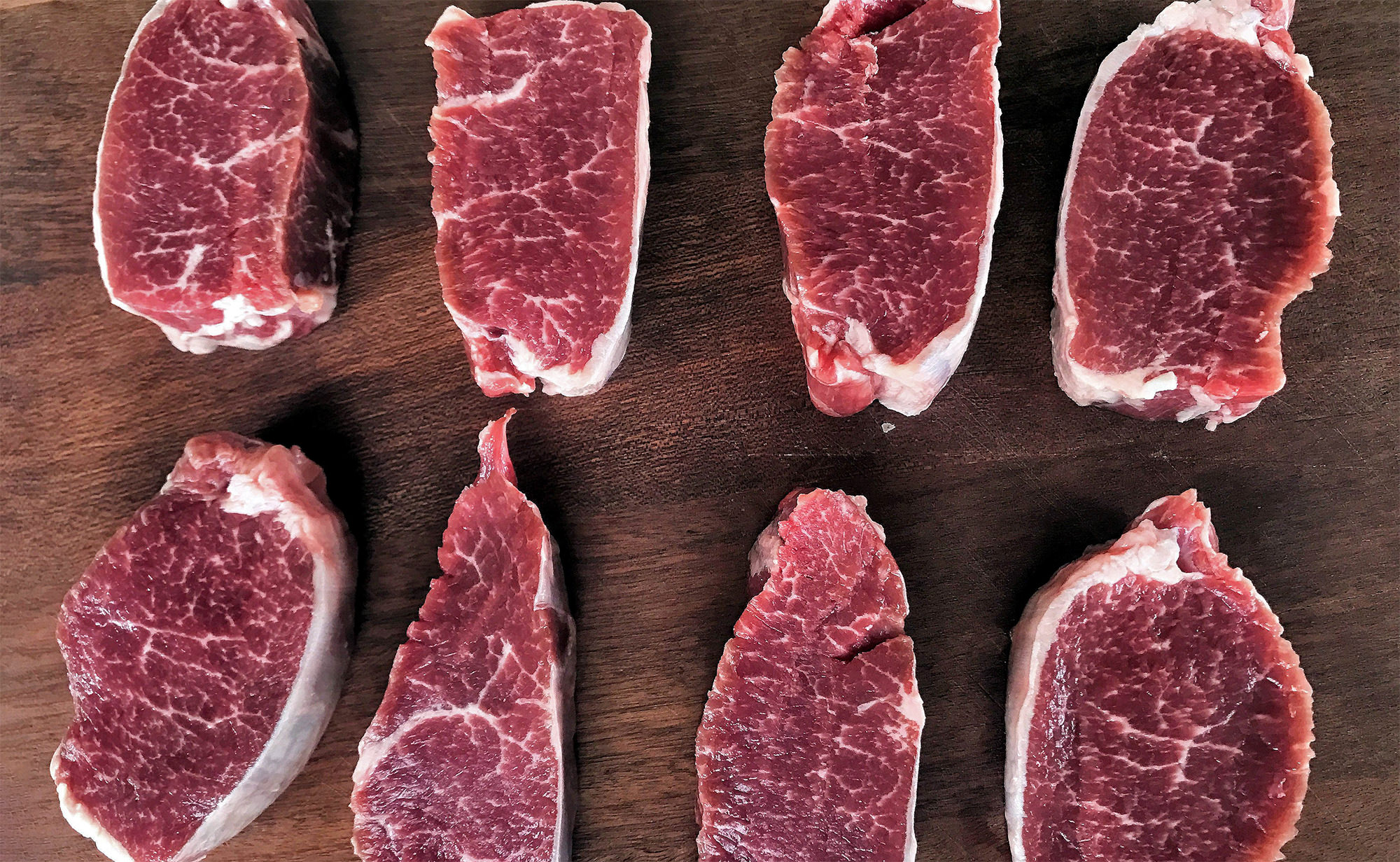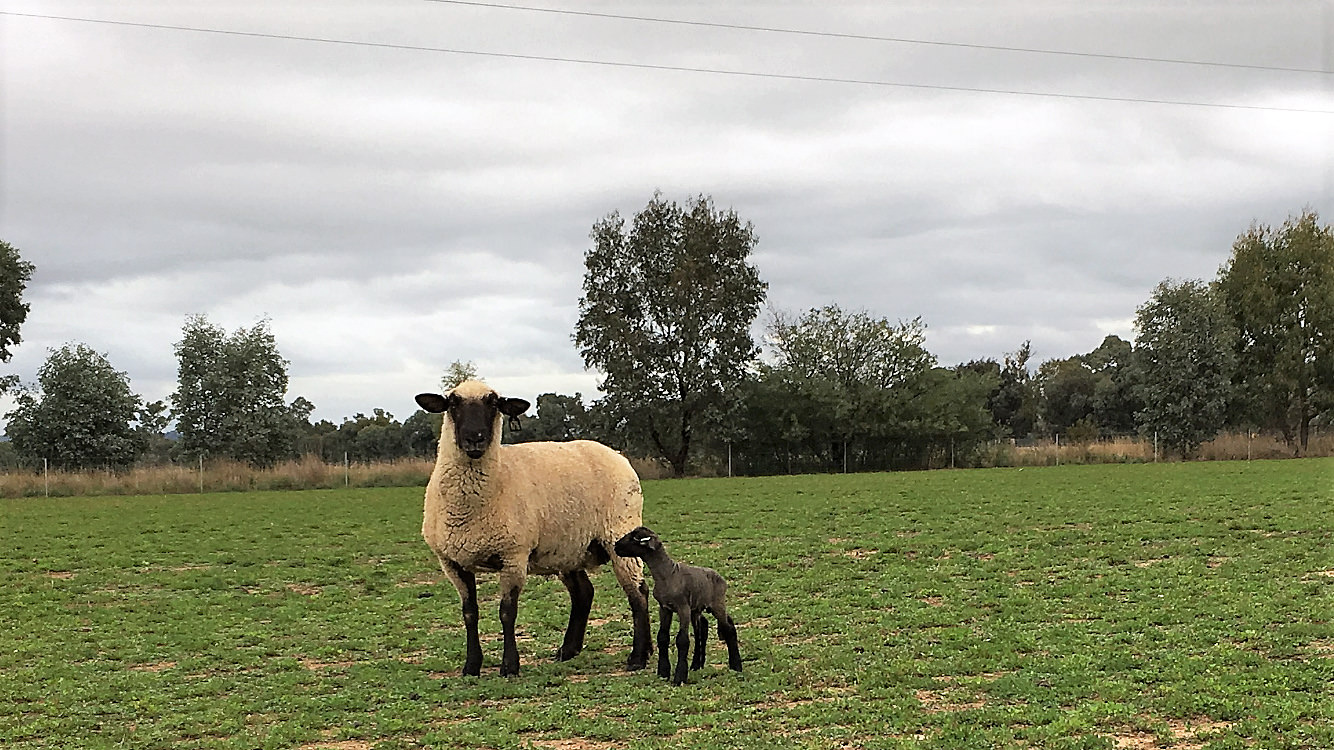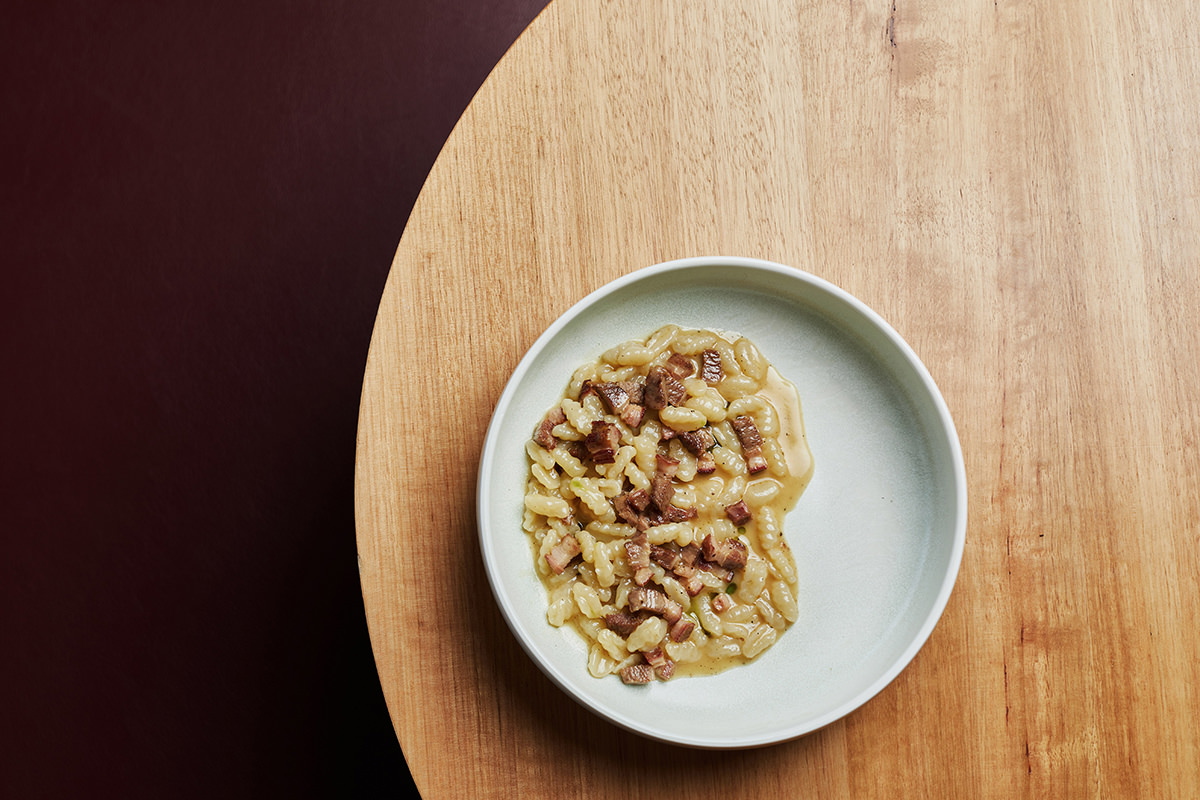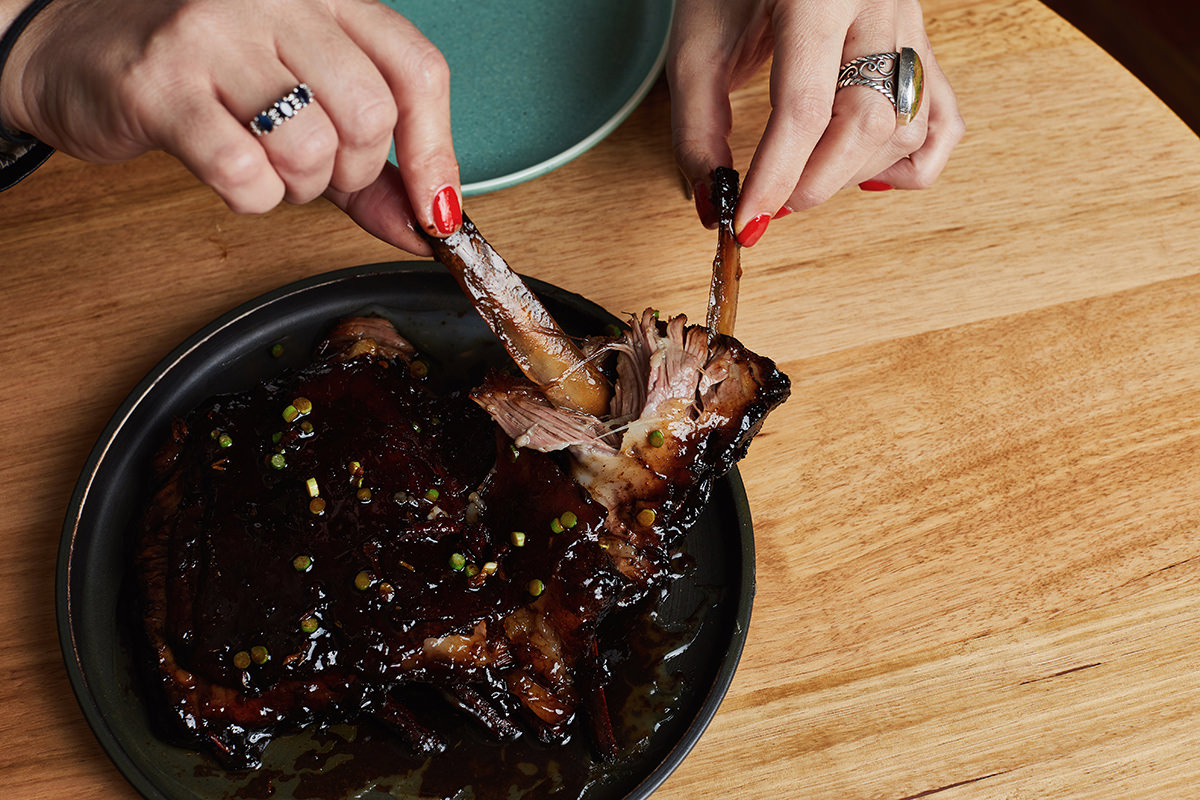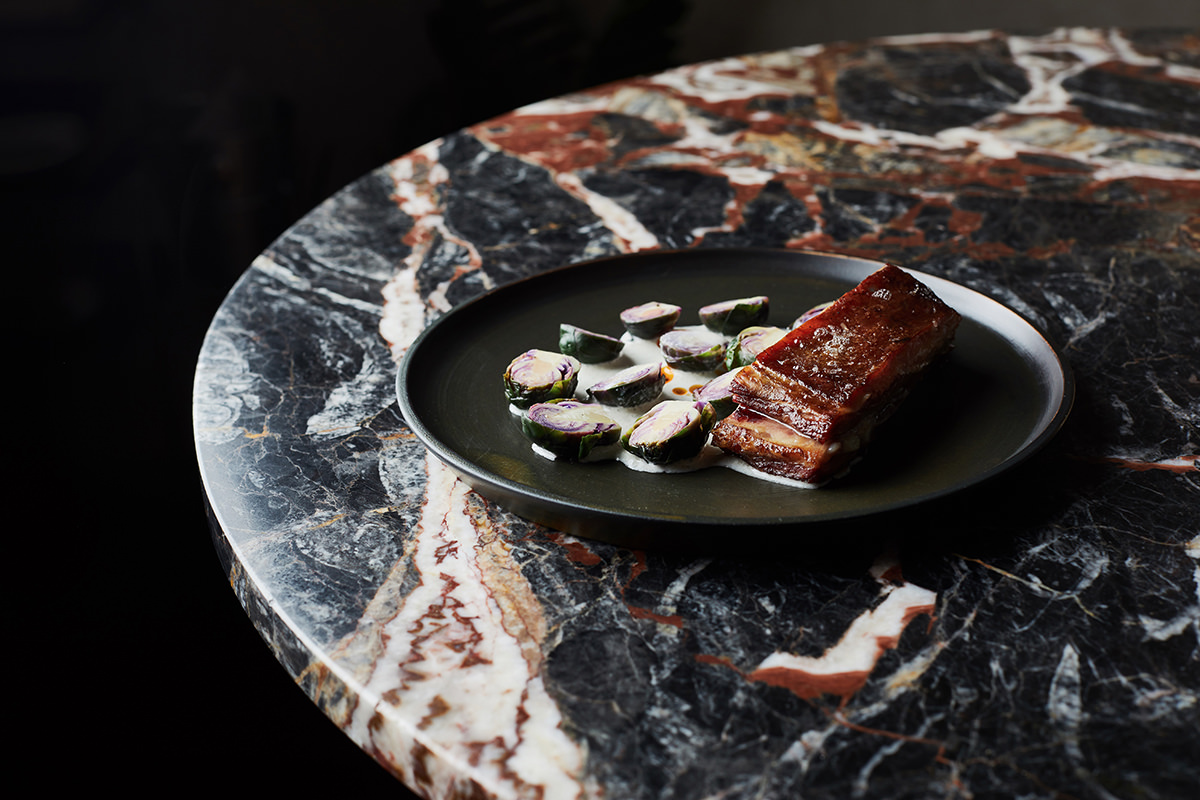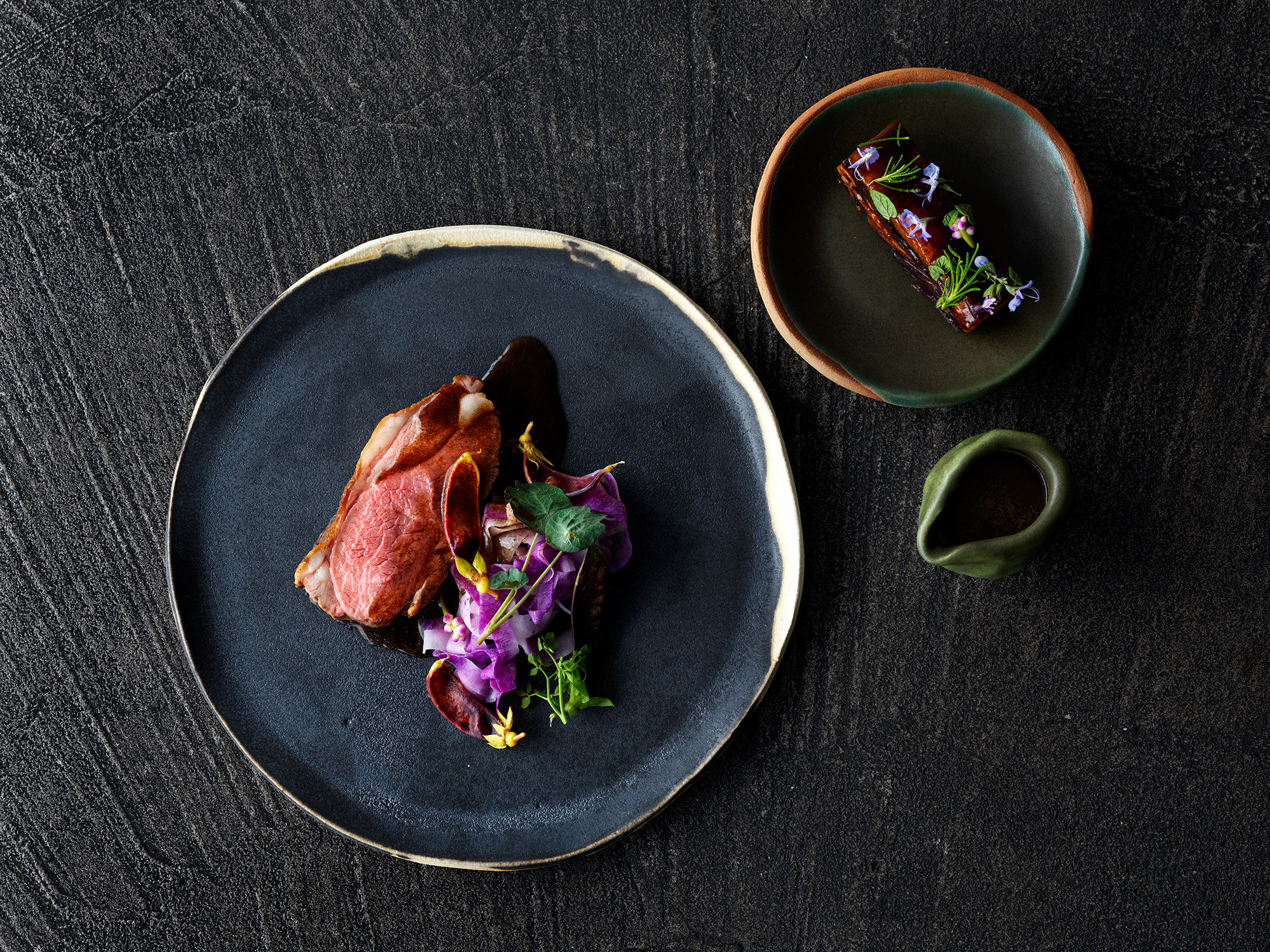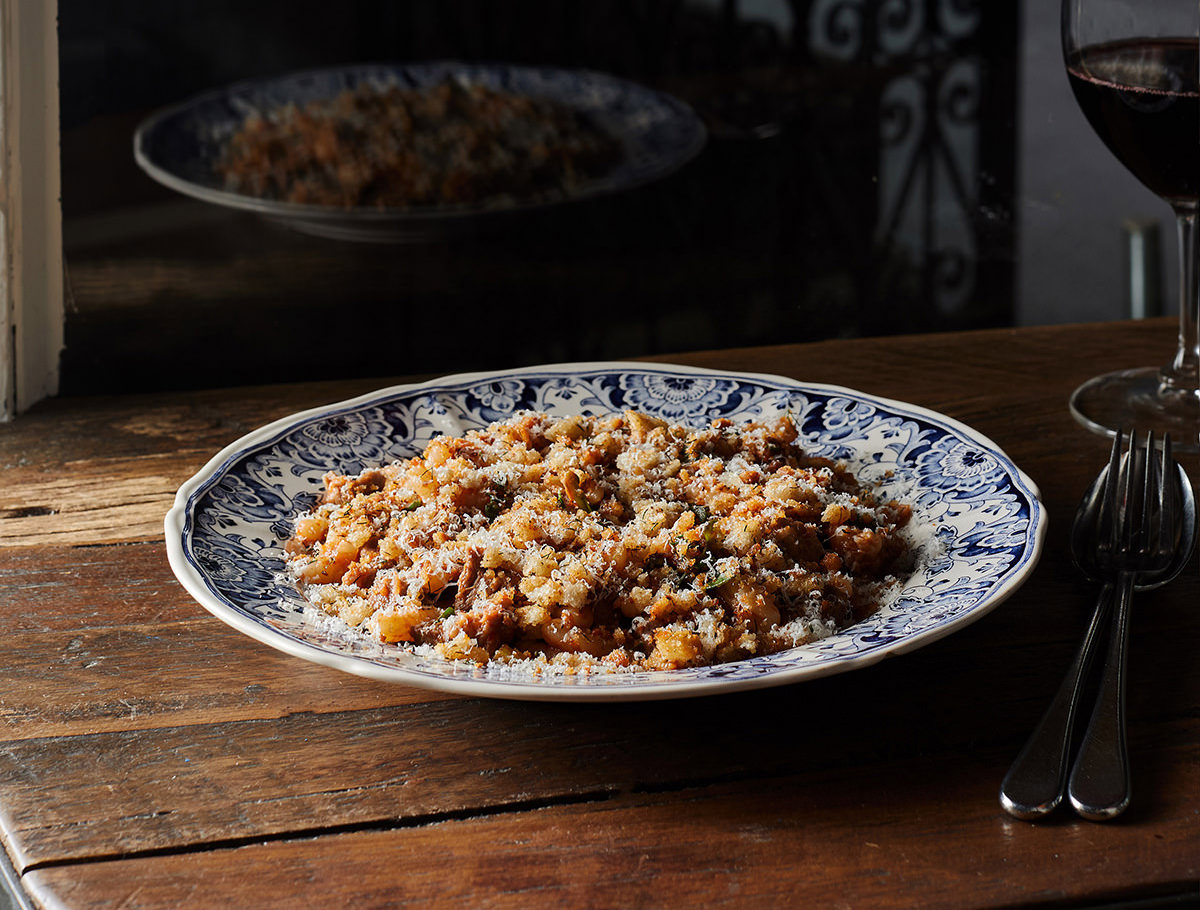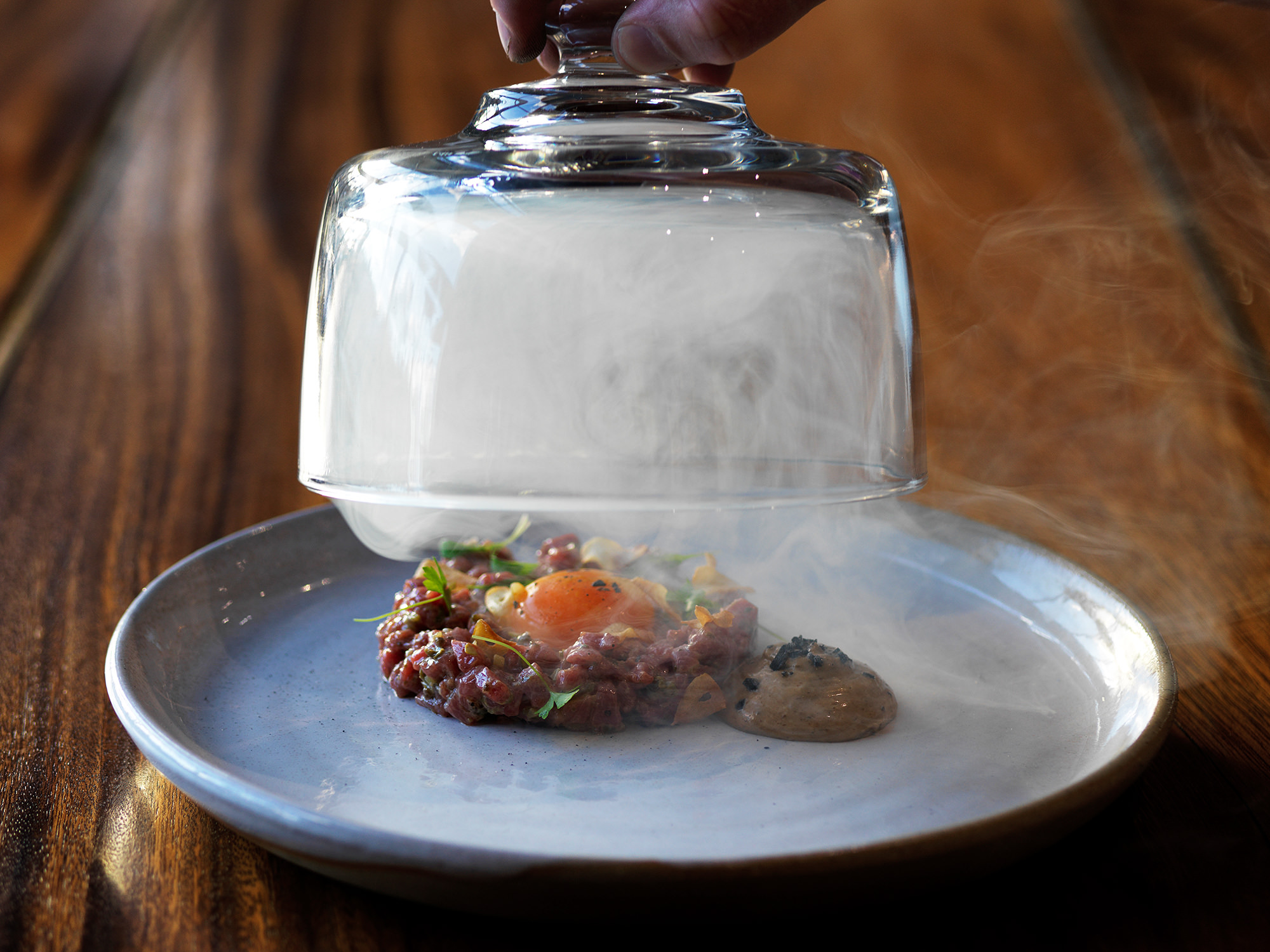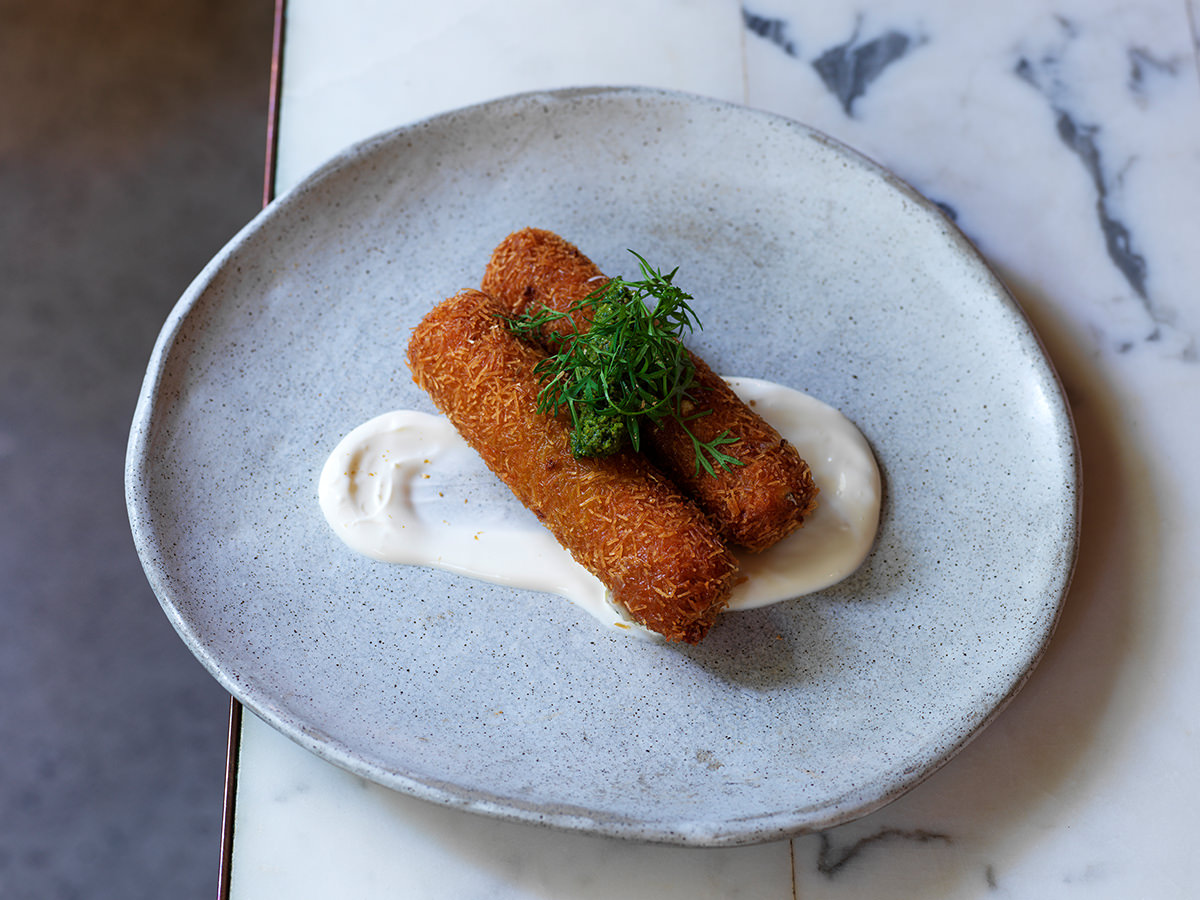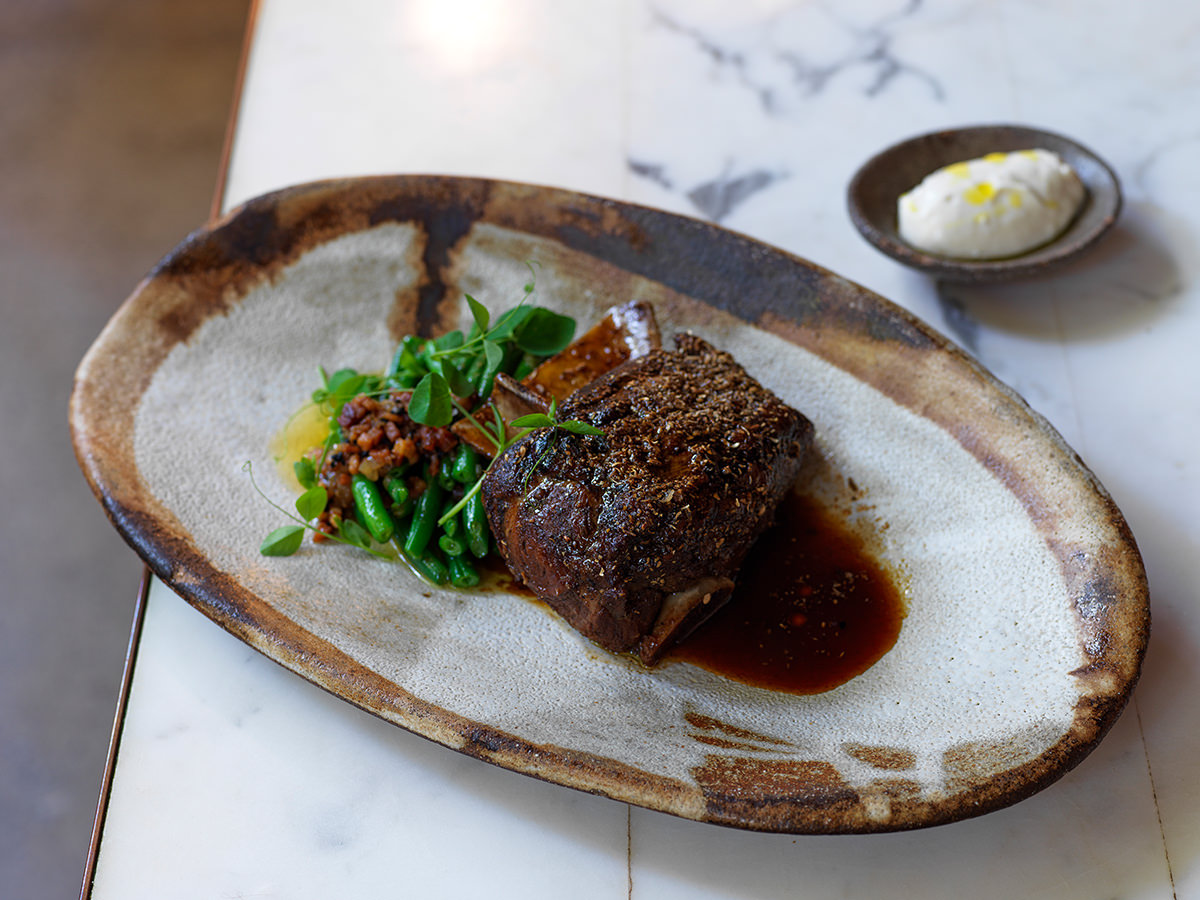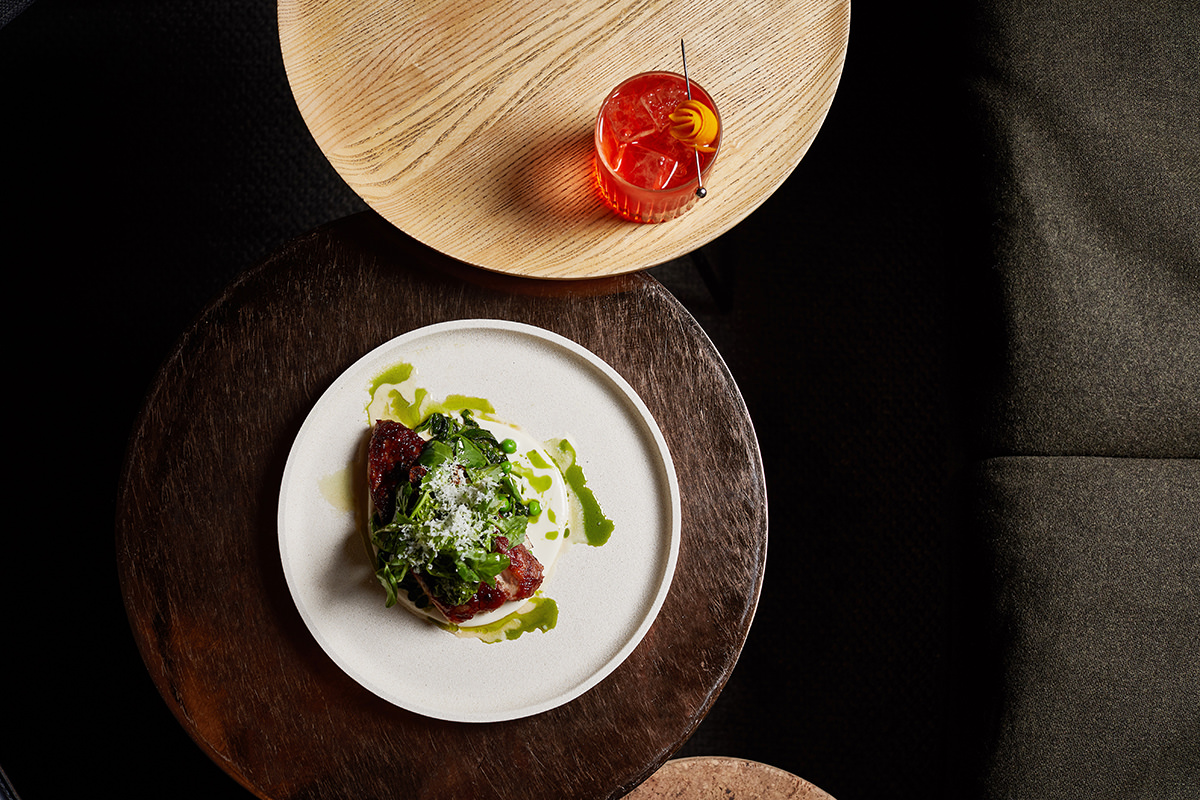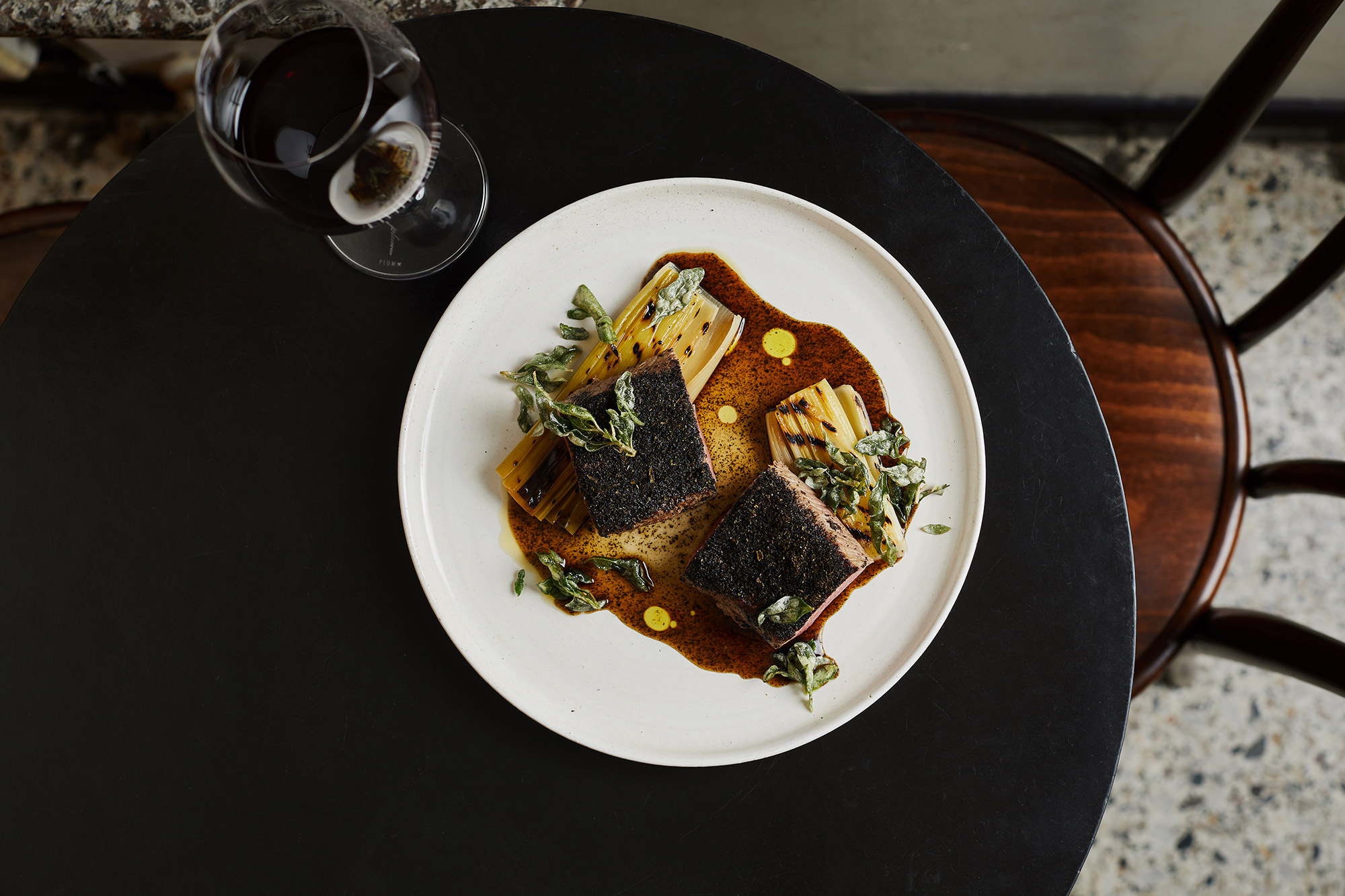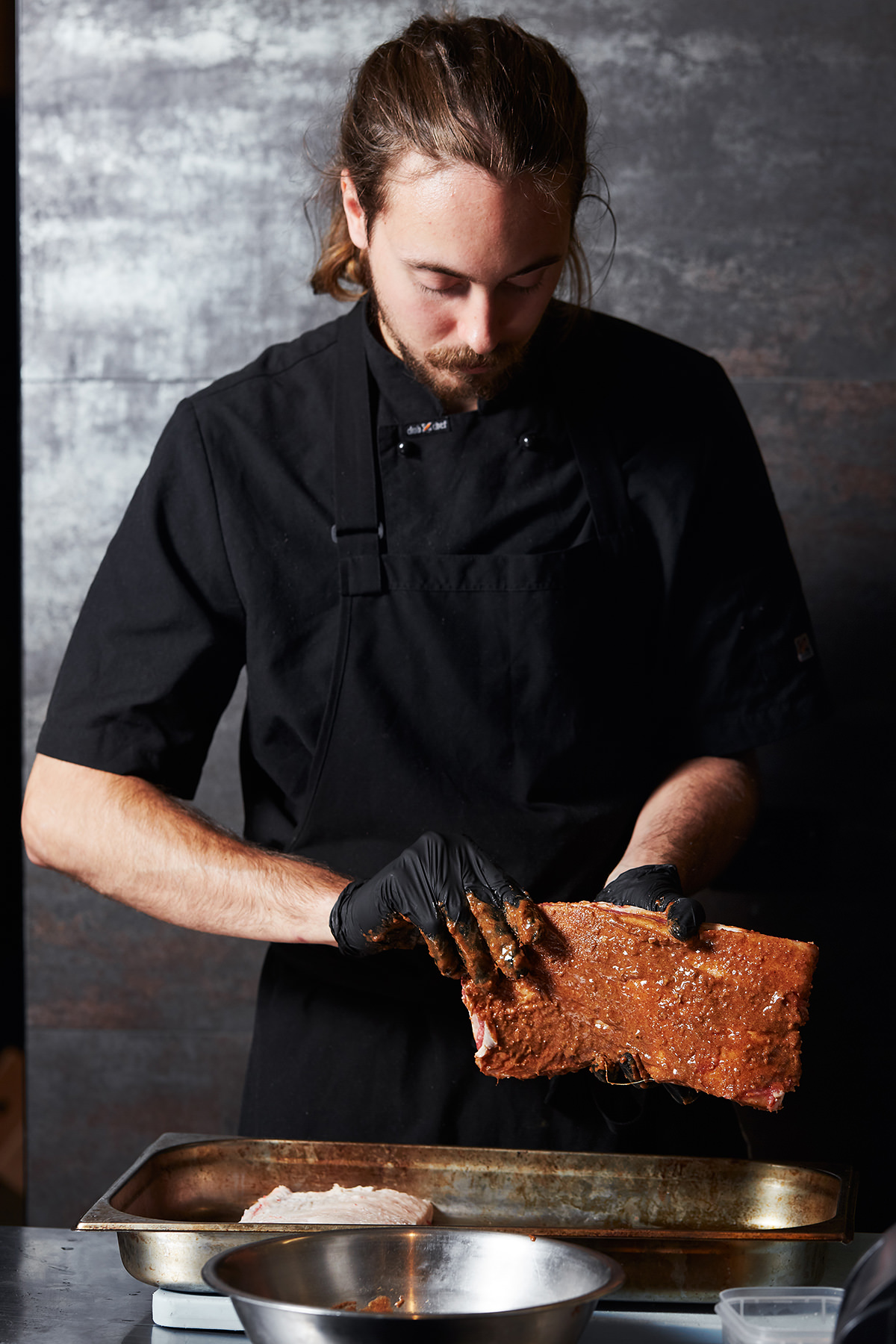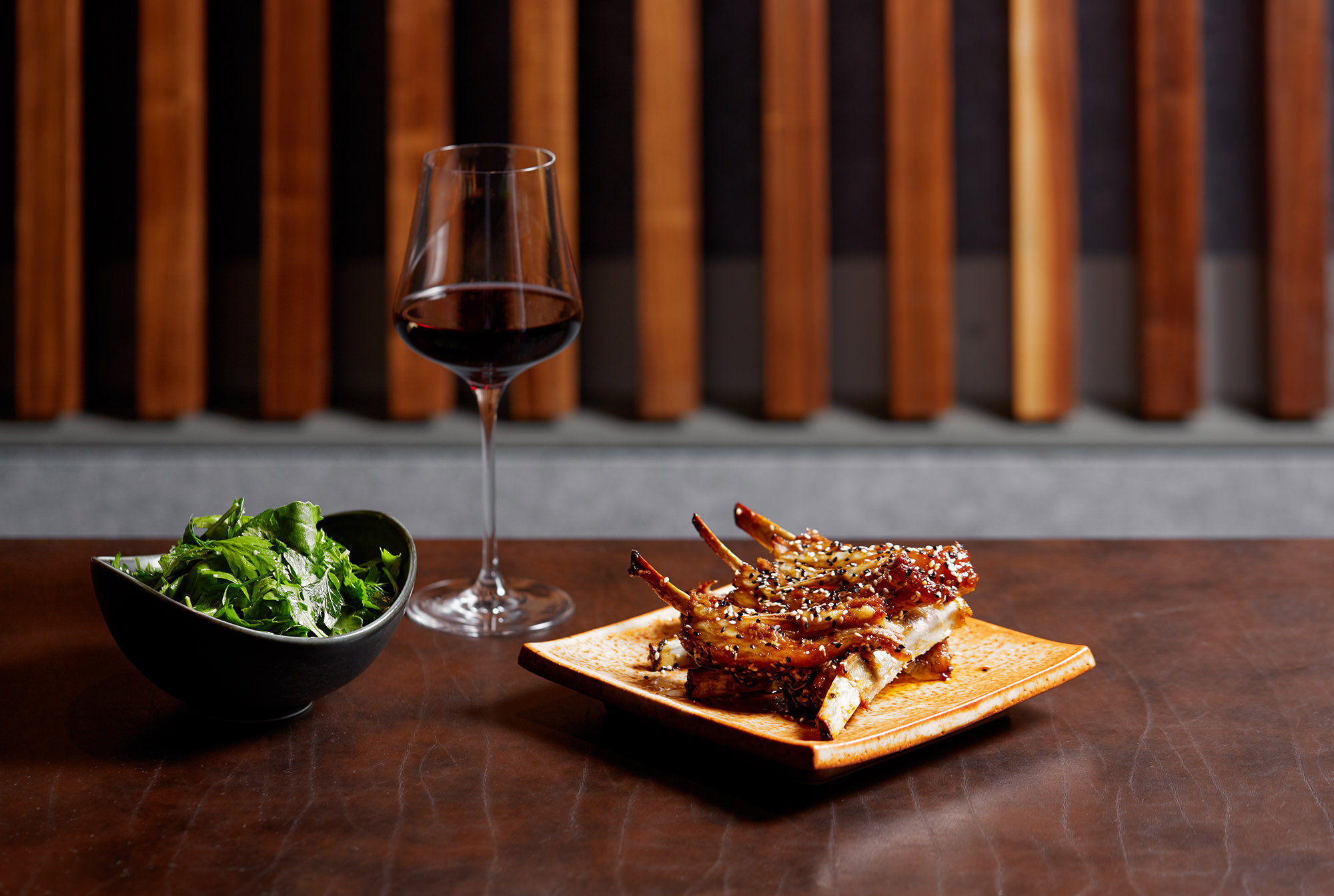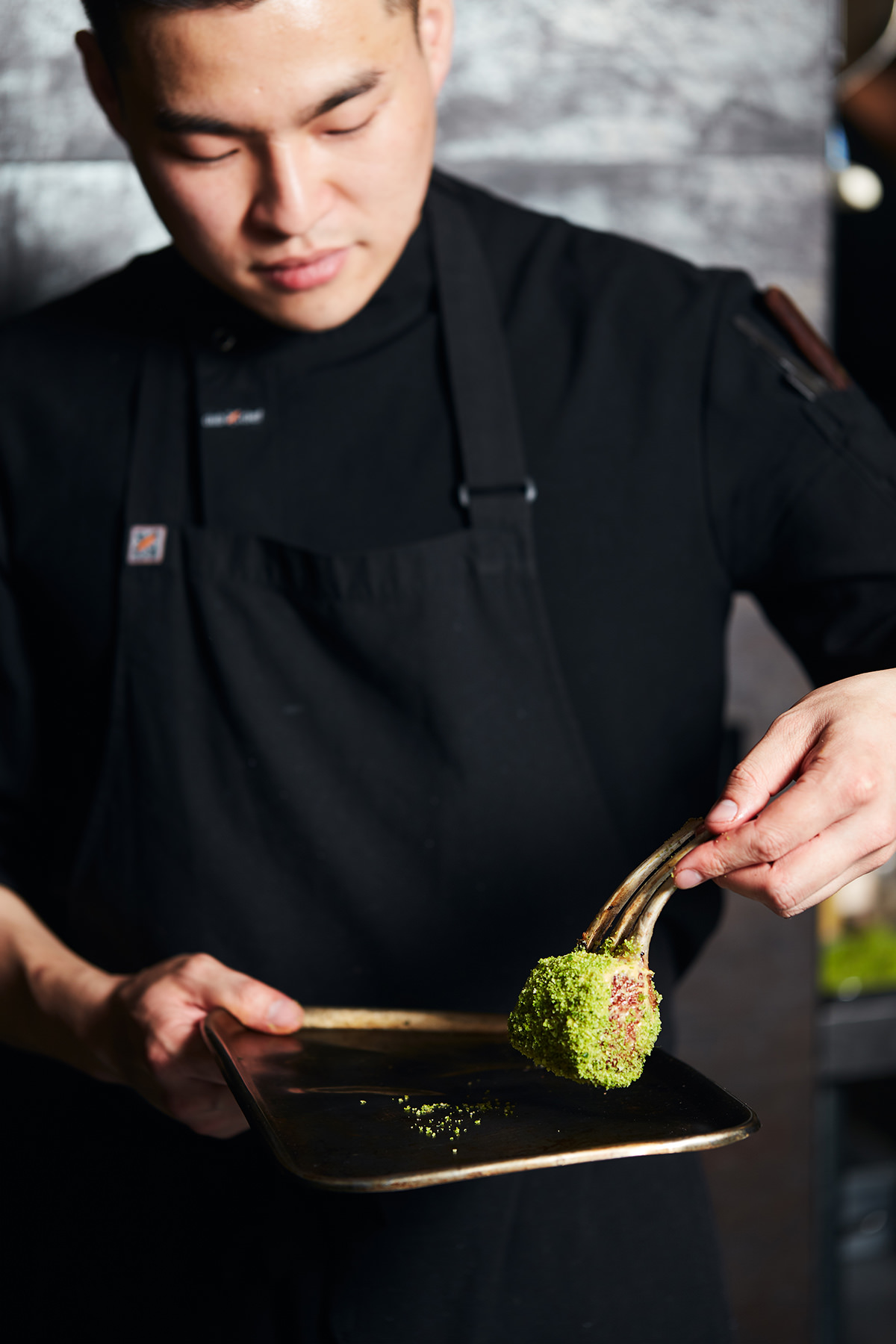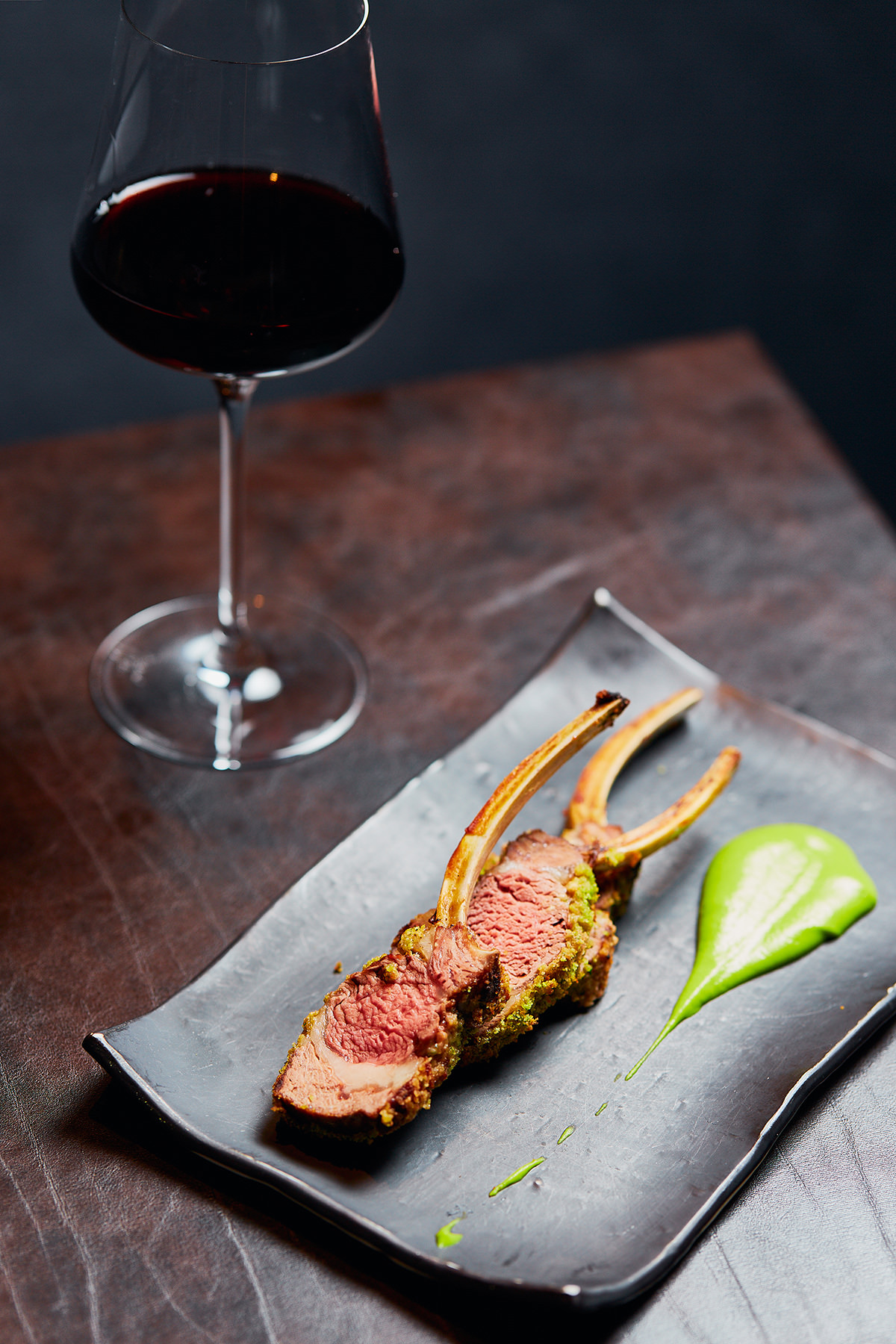Editors’
Letters
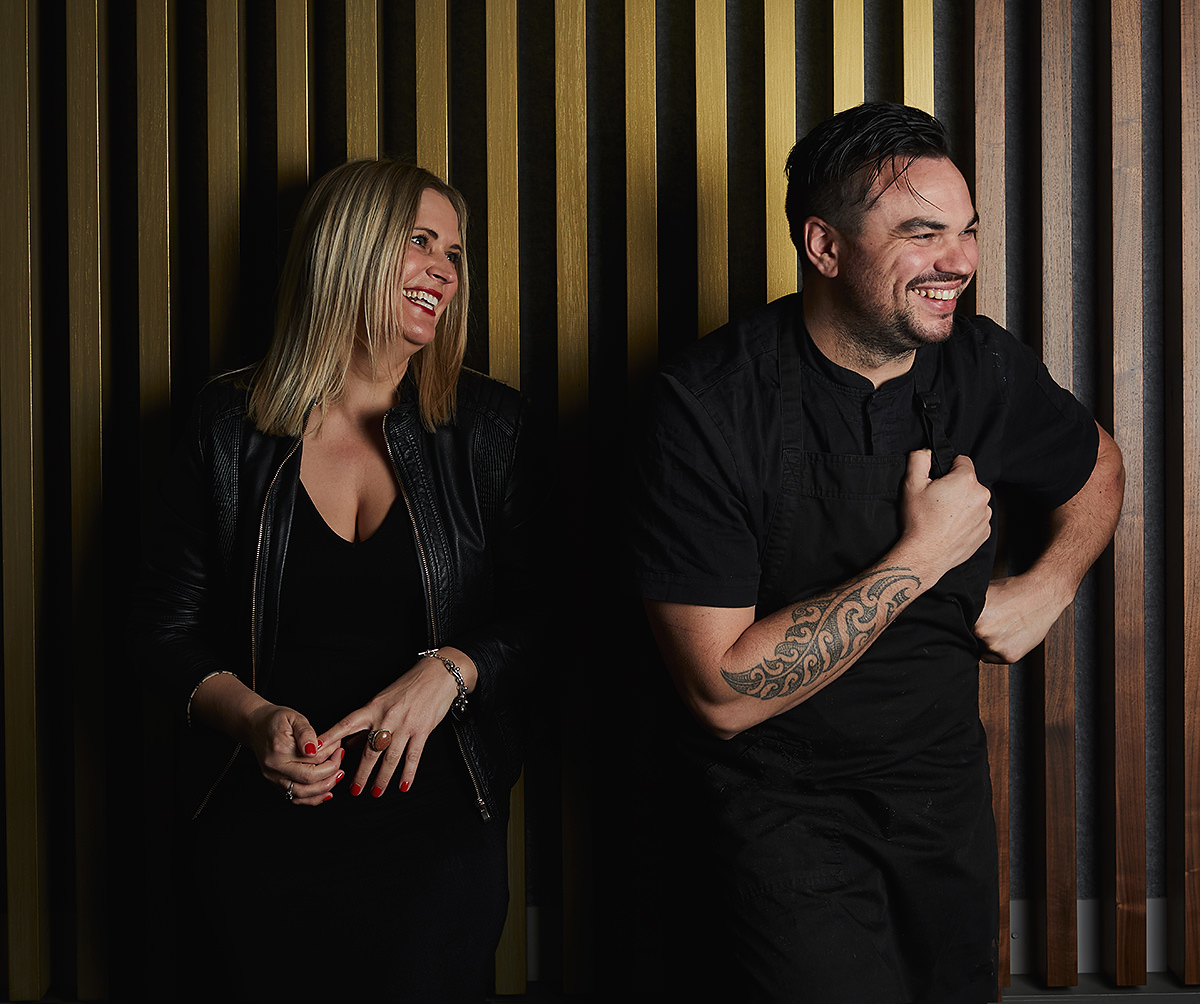
I am constantly inspired by the innovation and drive of the Australian red meat industry and proud to be able to share its stories with you here.
In this issue, we visit 2018 Farmers of the Year, Tom and Phoebe Bull, who passionately believe that farming is about much more than what happens in the paddock. Driven by customer insights, cutting edge research and savvy marketing, the Bulls are paving a way to take lamb from a commodity to a premium product – identifying and breeding sheep for lucrative marbling traits.
Our guest chef editor Peter Gunn certainly made for a lot of laughs putting together this issue. Getting to know him and his team, the ins and outs of transitioning from a renowned monthly pop up to a fine dining restaurant, and his unwavering quest to deliver an experience that goes beyond just dining was definitely a highlight.
As always, this issue explores a range of venues, ideas and inspiration for you to remain informed, engaged and inspired by Australian lamb, its prospects and its place on menus today and into the future.
Enjoy. We sure did.
Mary-Jane Morse
Meat & Livestock Australia
[email protected]
@_raremedium
I came to Australia 10 years ago but haven’t had the chance to travel much. Coming on board as guest chef for this issue was so much fun but it also meant I got to get out of my day to day, experience different parts of Australia and meet so many awesome people along the way. I really enjoyed meeting and talking to all the different chefs at the cafes and restaurants we visited on our Roadies trip from Broadbeach to Bellingen. Just hanging out with them and learning about different ways they are using lamb as well as talking about their businesses was great and something I’d like to do a lot more of.
As chefs these days, most of the time we are just cutting meat out of a bag and we are missing out on so much of what actually goes into that meat before it gets to us. Visiting Tom & Phoebe Bull on their sheep farm and learning about all the science and technology that goes into the lamb they produce and how much work goes on every day made me realise just how complex it actually is. I really had no idea how much goes into producing this incredible lamb and it was really inspiring to learn and I think everyone cooking with lamb should make an effort to know more about where it is coming from. It makes me really value the produce and want to do a better job with it out of respect.
This experience has been a real eye-opener for me meeting and learning from so many professionals working in this industry, from the farmers to the butchers and of course all the great chefs. Lamb is such an iconic Australian ingredient that people already feel connected to but working on this issue, visiting the farm, our butchery masterclass with Troy at Meatsmith and all the tasty lamb we got to try along the way makes me feel even more connected and inspired and I hope it inspires you too.
Peter Gunn
Chef / Owner
Ides
@petergunn501
Copyright: this publication is published by Meat & Livestock Australia Limited ABN 39 081 678 364 (MLA).


